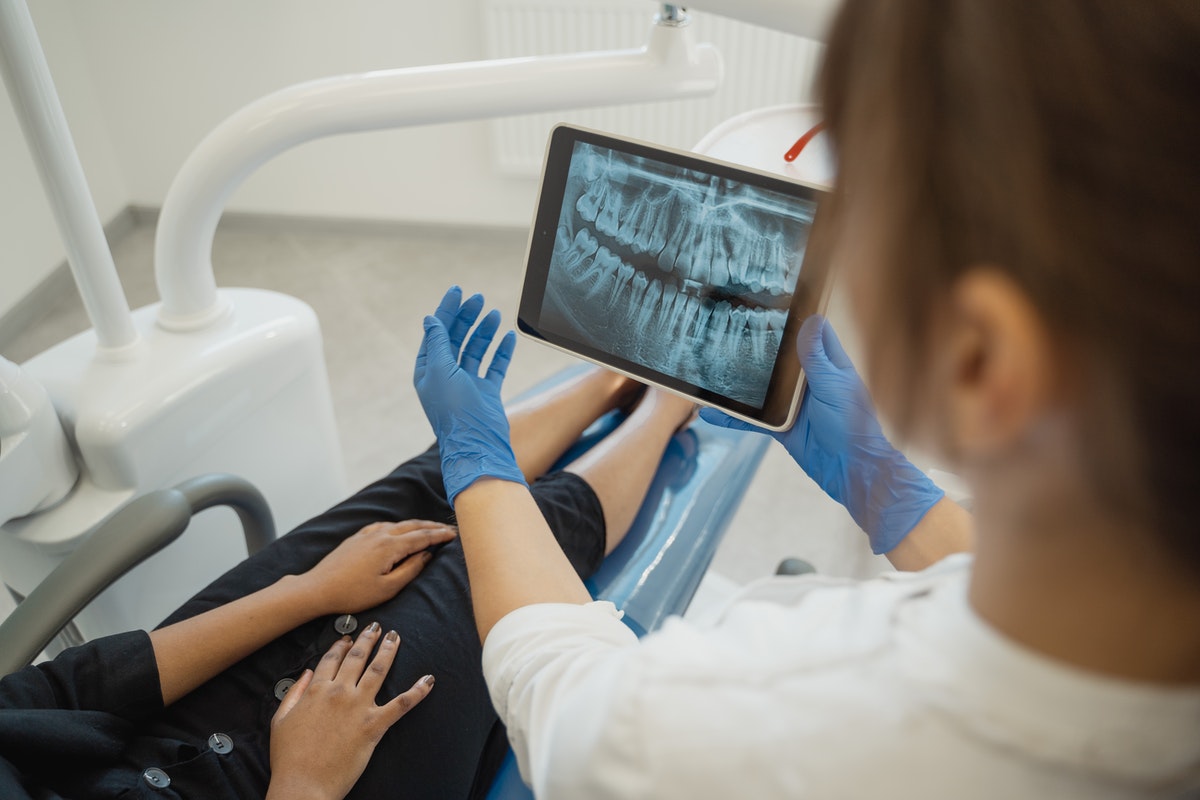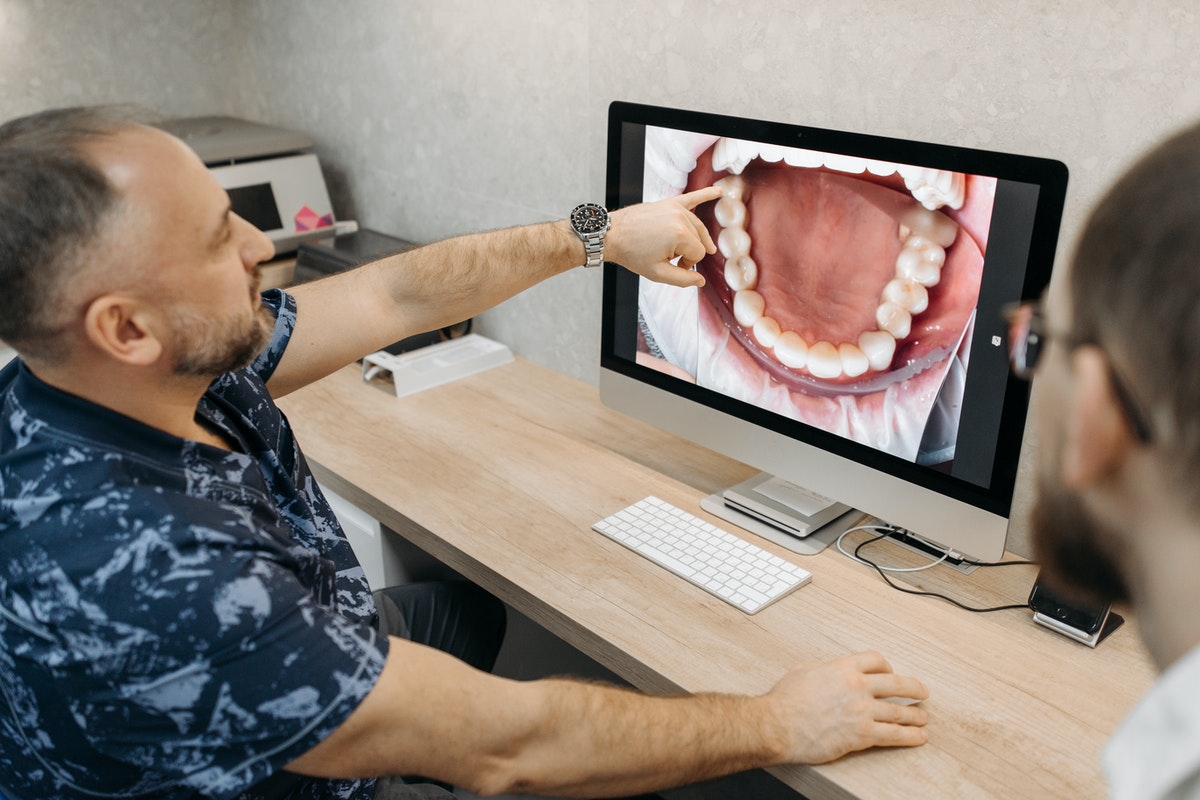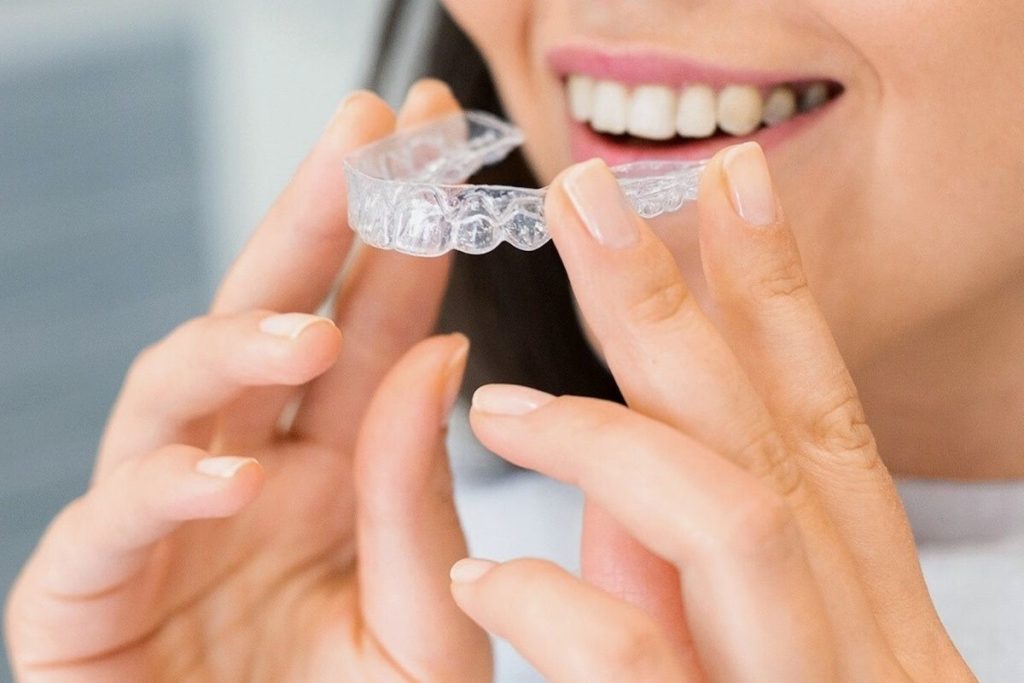If you have undergone orthodontic treatment when you were younger, you may find that later on in life, if you stop wearing your retainers, your teeth gradually begin shifting and become crooked once again. Many factors can cause this to happen, including wear and tear on your teeth as a result of clenching or grinding, changes in your jaw structure as you age and injury or trauma to the mouth. If this has happened to you, speak to your dentist Ryde and learn about treatment with clear aligners. Most of us have heard of Invisalign. Invisalign is one of the most popular clear aligner systems for teeth straightening, and it can be great for those who have undergone orthodontic treatment earlier in life and require minor realignment to achieve a neat smile.
How does Invisalign work?

Invisalign works using a series of aligners to apply gradual pressure and move your teeth into the desired positions. The number of aligners that you need will vary depending on how crooked or misaligned your teeth are initially. The aligners are designed using 3D imaging; therefore, they are precise and can produce highly predictable results. Each aligner needs to be worn for 22 hours a day for approximately two weeks. The aligners take a few weeks to be manufactured, after which you will be booked for an appointment at the clinic to collect them. During this appointment, you will have invisible attachments placed onto the surface of your teeth. These allow better grip so that you can straighten your teeth well; this is a quick and simple procedure, and it is comfortable. You will then begin with the first aligner in the series. Each of these aligners is numbered so that you know which one comes next.
The first aligner is a very similar shape to the natural formation of your teeth, and you will find that they fit comfortably. They need to be taken out at meal times, after which you will need to brush your teeth thoroughly, floss to remove any remaining bacteria or food particles and rinse with a good mouthwash. You also need to brush the aligners and put them back in your mouth. If you have multiple attachments, then it is worth taking extra care when removing and replacing your aligners to make sure that you do not damage them. Some patients report that they have a slight lisp; however, this will become less noticeable with time.

When you move onto the second aligner, you may find that it feels tight on your teeth. From now on, the aligners are designed to move your teeth in small increments towards the final position. It is recommended that you wear the new aligner before bedtime so that your mouth can become accustomed to the feeling whilst you sleep. Overall, Invisalign aligners use a much gentler approach than traditional metal braces, but there is still some pain involved. However, this will soon subside, and as you work your way through the aligners, they will become less uncomfortable each time you swap them. Speak to your dentist sooner rather than later and find out more about Invisalign and straightening your teeth for a beautiful and healthier smile.
DISCLAIMER
Any surgical or invasive procedure carries risks. Before proceeding, you should seek a second opinion from an appropriately qualified health practitioner.

